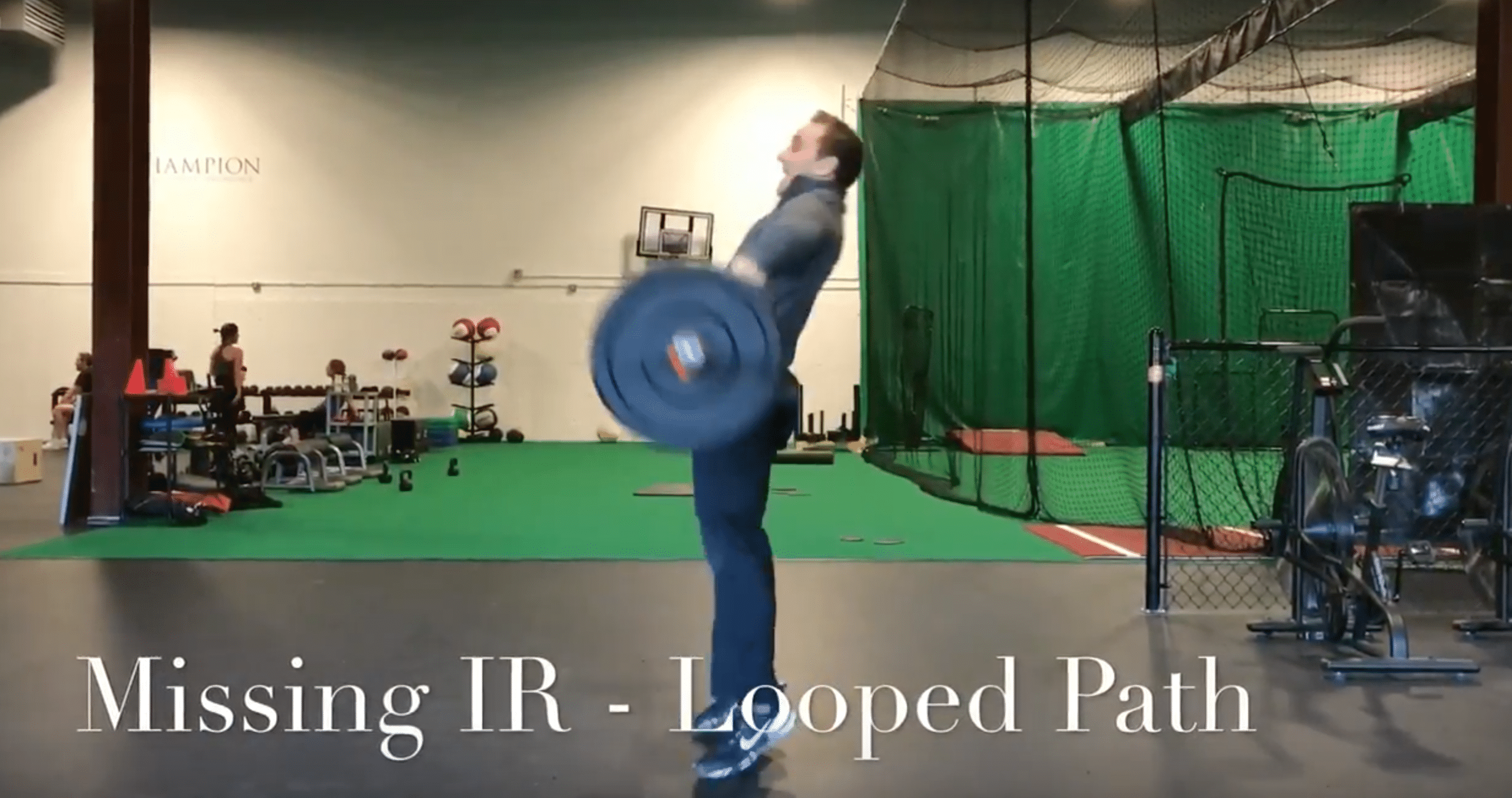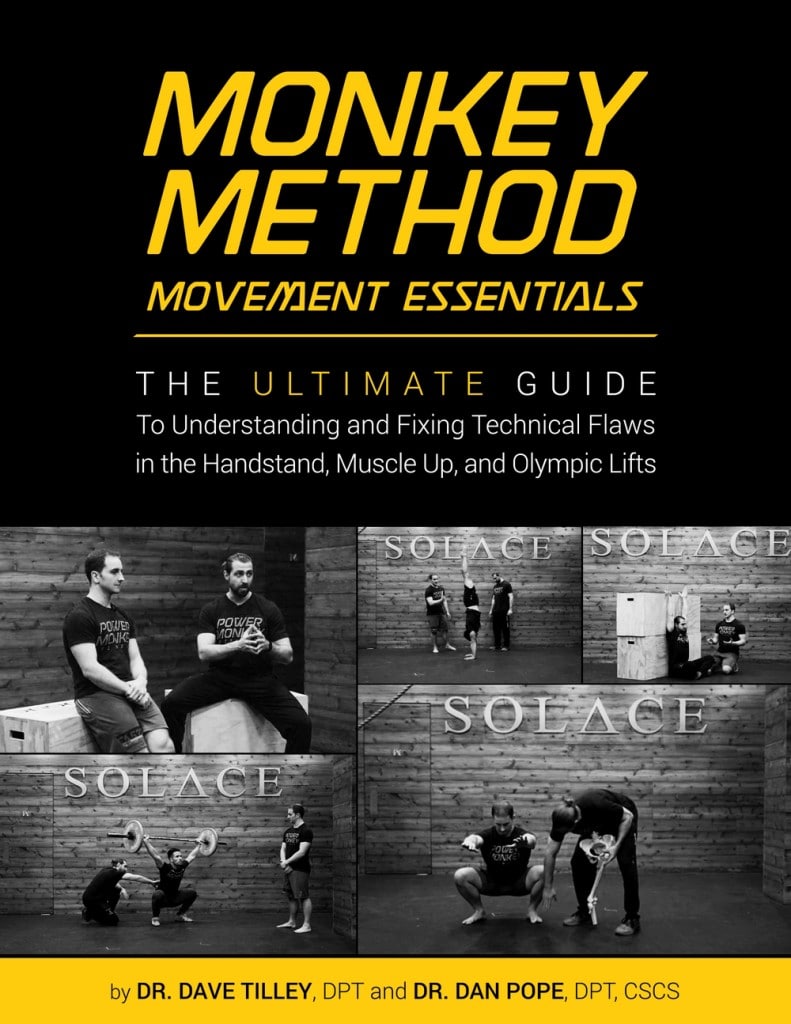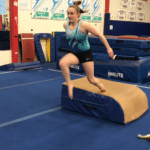Why Lacking Shoulder Rotation Mobility Makes You Miss Lifts (Olympic Lifting Paradox Part 2)
Those involved in training barbell movements know that there are many reasons behind why someone misses a lift. From mobility, to technical faults, to strength or fatigue factors, the list goes on. From my point of view as a medical provider and someone who treats a lot of lifters for shoulder pain, there are some “low hanging fruit” type reasons I think people just aren’t aware of, screening for, or treating. One of these reasons is missing shoulder internal rotation mobility.
Table of Contents
Screening and Addressing Shoulder IR As an Athlete
As someone goes through the second pull for a snatch or clean, it’s crucial the bar is kept close to the body to create maximal vertical displacement without allowing lots of front to back motion. If someone lacks shoulder internal rotation, they are not going to be able to maintain this more vertical focused attempt at bar path. As a result, the bar may move away from their body or they may compensate with other areas like excessive shoulder blade motion. From here people are left chasing or the bar to make up for this, have a very tough catch position, or end up missing the lift all together.
Not only this, a lot of excessive shoulder blade movement (anterior tilt and internal rotation specifically) as a compensation may create notably less sub acromial space. This could create shoulder pain from an impingement type mechanism over time. The same movement issue may be creating both performance and injury risk type problems.
So for lifters, it’s important you do a self screen first and then try to improve this motion if missing. Dan Pope and I agree that we would like to see about 65-70 degrees of pure shoulder internal rotation in anyone working the Olympic Lifts. Here is a short video that demonstrates how to screen for shoulder internal rotation (without compensation), how to address some soft tissue tightness in the back of the shoulder that may be causing it, and then an active control drill at the wall to help reinforce new found motion.
Accurately Measuring Shoulder IR As A Medical Provider
From the medical side of the fence, many athletes have this movement inefficiency and simply have never had it assessed properly or dealt with. Dan and I personally think people many athletes develop this loss of shoulder internal rotation over time with more volume of slowing the bar down during strung together reps, or if they are doing more touch and go volume. One of the other common places we see losses of shoulder IR from soft tissue mobility is in baseball pitchers, as the eccentric force during throwing may create progressive loses in motion. It’s crucial we maintain their arc of motion, and with the mechanism the same in the population of Olympic Lifters we must also work to address it.
Given it’s importance, we have to accurately screen and maintain shoulder IR mobility. Unfortunately there are many times where people may be inaccurately assessing pure glenohumeral joint internal rotation.They may not be controlling scapula motion, and as a result it appears there are not movement limitations. As some great studies by Kevin Wilk and others have shown, the method used to assess shoulder IR can create notable variance in findings. To help out, here is a short video I put together to discuss this.
Want to Learn More?
If you are someone who is regularly involved in performing, teaching, or working with athletes training in Olympic Lifting, it’s essential you have a system for movement screening and treatment. To help people out, my good friend Dan Pope and I put together a monstrous resource last year that helps people with just that. It offers hundreds of pages and hours of video content all surrounding screening and correcting movement faults in the Olympic Lifts.
Thanks for reading
– Dave Tilley DPT, SCS





